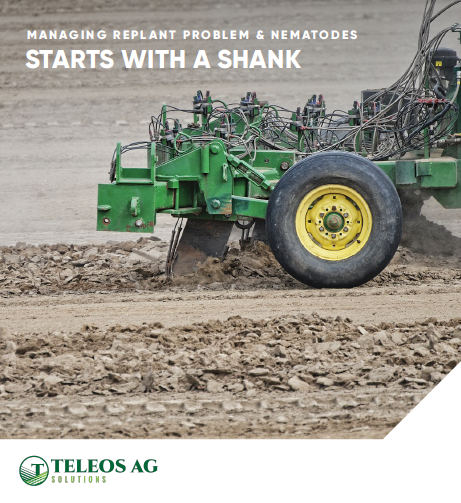Study Shows Mobile Drip Irrigation Can Be a Winner for Watermelon
Higher biomass, less water, and more fruit are the results of the first year in a Texas A&M AgriLife Research study comparing mobile drip irrigation (MDI) to low-elevation sprinkler application (LESA) irrigation systems.
The project comparing types of irrigation and irrigation scheduling is led by Charlie Rush, Texas A&M AgriLife Plant Pathologist. He is working with USDA’s Agricultural Research Service faculty at Bushland and industry partners to investigate the potential of producing high-quality vegetables under irrigation for fresh market sales.
“We want to look for options for Texas High Plains producers to use specialty crops to diversify their operation and have the potential to get higher returns for their water,” Rush says. “We know high-value crops do best under drip irrigation. However, most producers have already invested in center pivot systems, so we feel this study will let them see if it will be worth their time to retrofit those with draglines.”
The two-year study compares MDI and LESA irrigation systems against the traditional subsurface drip irrigation. Additionally, the study uses neutron probes to measure soil moisture and help determine irrigation timing.
The mobile drip irrigation system attaches to existing center pivot irrigation systems and applies water directly to the soil surface as the driplines are dragged across the field to provide uniform wetness.
The LESA irrigation system is representative of traditional irrigation in most fields. It includes spray nozzles that hang from the center pivot and place the water application about 2 feet from the soil surface.
The first-year study yielded interesting results. AgriLife researchers said there was no difference in the sugar content and fruit size of the watermelons between the treatments. But there were significant differences in other areas, including:
- Much higher biomass — 35% more — and ground coverage appeared under MDI compared to LESA.
- Vegetation difference started to show 40-45 days after transplanting.
- MDI led to a longer vegetative and fruit-growth period. The plants under LESA started to die earlier than those under MDI.
- The number of fruit and total fruit yield was much higher with MDI — almost 30% higher — compared to LESA.
- LESA used more water for the same amount of production. So, MDI had higher water-use efficiency.
To read more about water-use efficiency results, visit AgriLifeToday.com.









